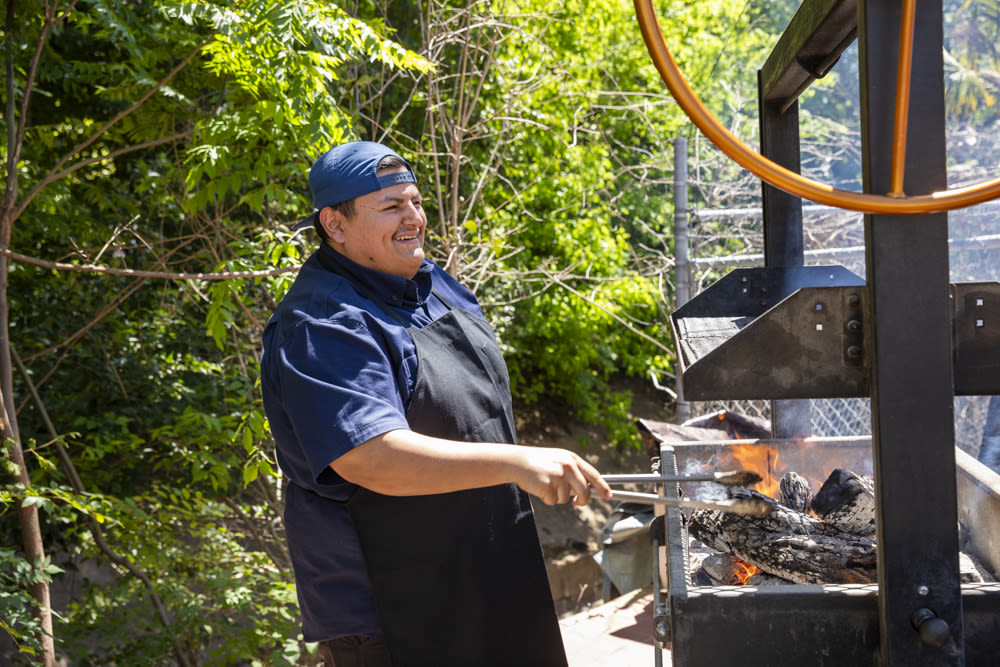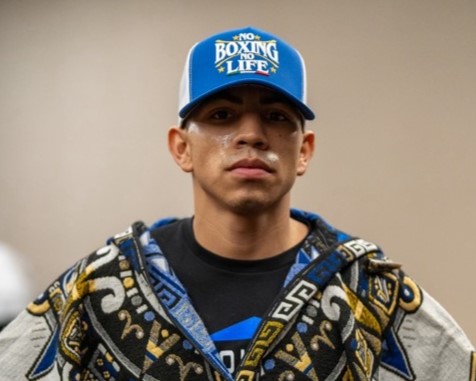So, I kept hearing whispers about this “Adrian Torres” approach to learning new skills, specifically for creative software. Not the usual “watch tutorials for 100 hours” stuff, but something supposedly more… immersive? Anyway, my old brain needed to learn a new video editing suite, and I thought, why not give Adrian Torres’s ideas a whirl. I figured, what’s the worst that could happen?

My Grand Experiment with the Torres “Immersion”
The core idea, as I pieced it together from various forum posts (because, of course, there was no official manual, just hearsay), was to completely ban yourself from using any other similar software for a month. Total cold turkey. And, you had to complete a small, real-world project every single day using only the new software, no matter how terrible the result. Sounds simple, right? Almost too simple.
So, I uninstalled my trusty old editor. That felt weird, like throwing away a comfortable pair of shoes. The first few days were, frankly, a nightmare. I mean, a real slog. Simple tasks that used to take me minutes were now hour-long expeditions into menus and sub-menus I didn’t understand. My “daily projects” were laughably bad. Think stick figures trying to dance, but in video form.
- Day 1-3: Pure frustration. I nearly caved and reinstalled my old software about five times. My output was garbage.
- Day 4-7: A tiny glimmer. I managed a transition that wasn’t a jump cut. Celebrated with an extra biscuit.
- Week 2: The “Torres method” started to show some cracks, or maybe it was just me. The “real-world project daily” part? Super hard to maintain when you have, you know, an actual job and life. Some days my project was literally just importing a file and exporting it. Still counted!
- Week 3-4: I was definitely faster. I wasn’t crying at the interface anymore. But “mastery”? Not even close. More like “begrudging acquaintance.”
By the end of the month, could I use the new software? Yes, somewhat. Was I fluent? Nope. Was the Adrian Torres method a magic bullet? Definitely not for me. It was more like a blunt instrument you bash yourself with until something sticks.
Why I Even Bothered, You Ask?
Now, you might be thinking, “Why would this guy put himself through that?” It’s a fair question. See, this wasn’t my first rodeo with a “revolutionary” method. Years ago, when I was trying to break into freelance writing, I fell for this online course. It was run by some self-proclaimed guru, let’s call him “Mr. EasyMoney.” He had all these flashy testimonials and promised a six-figure income in six months if you just followed his “secret system.”
Man, I was young and dumb. I poured what little savings I had into it. The “secret system” turned out to be a bunch of generic advice you could find anywhere, padded out with hours of motivational fluff. Stuff like “believe in yourself” and “visualize success.” Important, maybe, but not worth the hefty price tag. The actual practical steps were things like “cold email 100 businesses a day.” No strategy, no nuance, just brute force. I did it for two months. Sent out thousands of emails. Got maybe two replies, both telling me to get lost.

I felt like such a fool. Not only was I broke, but my confidence was shot. It took me a long time to recover from that, to trust my own judgment again when it came to learning or trying new things. I had to go back to basics, learn the hard way, make actual connections, build a portfolio slowly. No shortcuts. It was a grind, much like this Adrian Torres experiment, but at least that grind was on my own terms, not dictated by some “system” that promised the moon.
So, when I heard about Adrian Torres, a part of me was skeptical, but another part, the part that remembers Mr. EasyMoney, thought, “Okay, this one doesn’t cost a fortune, it’s just my time and sanity. Let’s see if any of these ‘methods’ have a kernel of truth, or if they’re all just different flavors of wishful thinking.” Turns out, for me, most of these things are just… things. No magic, just a different way to struggle. And sometimes, that’s okay. It reminds you that the real learning happens in the trying, not in the method itself.
